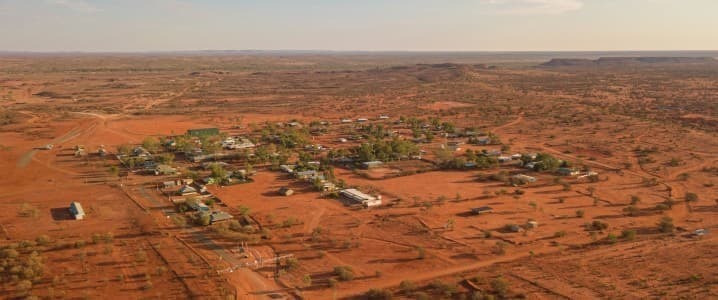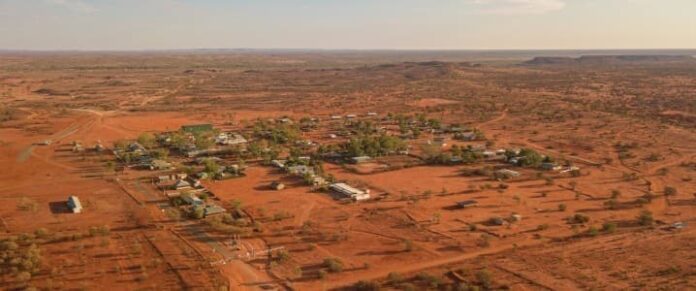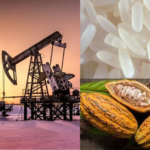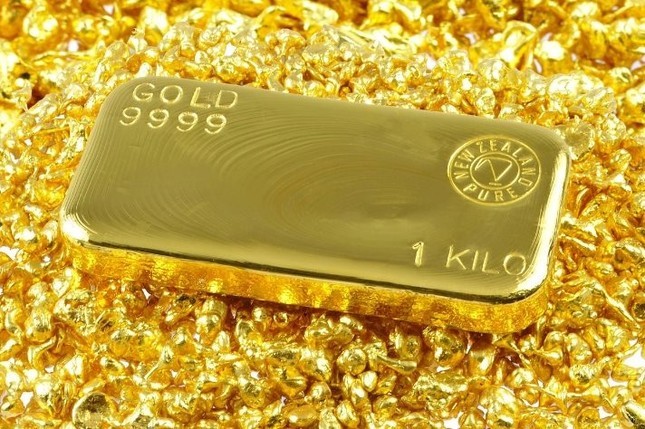
Western Australia is set to become a global leader in iron ore supply with its abundant reserves and a new discovery of a massive 55-billion-ton deposit. To put this into perspective, global iron ore production has been maintained at around 2.5-2.6 billion tons annually in recent years, according to the USGS. This means that the newly discovered deposit in Western Australia could supply the world’s iron ore needs for the next 22 years.
The newly identified reserves in the Hamersley region are valued at approximately $6 trillion and are causing significant ripples in the global market. Experts predict a new wave of investment from major steel-producing nations, ensuring access to this strategic resource.
This is excellent news for Western Australia, promising a wave of infrastructure expansion, including mining, transportation systems, and port upgrades. Notably, the ore in this region has an iron content of over 60%, making it highly suitable for industrial purposes.
As the world’s largest steel producer, China currently imports more than 65% of its iron ore from Australia. With this new discovery, analysts anticipate more stable iron ore prices in the long term and a reduced Chinese dependence on smaller suppliers.
The significant discoveries and large-scale investments are expected to shift the global supply chain. Many countries seeking to diversify their supply sources may turn to Australia, reducing their reliance on Brazil or African nations. Increased exports from Western Australia could also drive down global iron ore prices, benefiting industries such as construction and automotive, further solidifying Australia’s leadership in mining.
MetalMiner highlights that iron ore has long been a pillar of Australia’s economy. Since 2005, the nation’s revenue from this commodity has skyrocketed from $5.2 billion to a staggering $80.7 billion. However, with the rise of green industrial trends, Australia faces the challenge of upgrading its extraction and refining processes to meet the growing demand for high-quality, environmentally friendly ore.
Despite a tense period when China froze economic dialogue with Australia due to strengthening ties between Canberra and Western nations, especially the US, Beijing could not forgo Australian iron ore. Brazil, the second-largest supplier, currently accounts for about 18% of China’s imports.
In the long run, China aims for self-sufficiency in supply by tapping into domestic mines. Still, the reality is that the quality of their domestic ore falls short of Australian ore. Thus, the dependence on Australian iron ore, both in terms of quantity and quality, will remain a pivotal factor in China’s industrial strategy for the foreseeable future.
The Ultimate Discovery: A Nation Unveils a Colossal Iron Ore Reserve – Sufficient for 22 Years of Global Mining, Valued at a Staggering $6 Trillion.
The recent discovery of an astonishing 55-billion-ton iron ore deposit in Western Australia is set to catapult the region into the global spotlight. This find not only positions the area as a leading supplier but also has the potential to significantly shift the international trade and pricing landscape. Major steel-producing nations, with China at the forefront, are keenly observing these developments and their potential implications.
The Commodity Crunch: Oil, Rubber, Coffee, Corn, and Soybean Prices All Take a Hit
The U.S. sanctions on Iran took a toll on oil prices, which witnessed a decline at the session ending June 20th. Meanwhile, copper and iron ore prices rose, whereas rubber, coffee, corn, wheat, soybeans suffered a collective downturn.
“Global Markets Rally: Oil Prices Surge and Iron Ore Rebounds”
“Oil prices surged nearly 3% on June 19 as the Israel-Iran conflict escalated, creating a ripple effect across global markets. This development overshadowed a relatively quiet day for other assets, with gold trading sideways, the dollar dipping to a weekly low, iron ore snapping a five-day losing streak, and Indian rice prices climbing on improved demand.”
The Energy Markets on June 18: Oil Prices Surge Over 4%, Sugar Falls 3%
The global oil market witnessed a significant surge on June 17th, with prices soaring by over 4% as tensions between Iran and Israel showed no signs of abating. This escalation has had a ripple effect on commodities, with gold prices experiencing a slight uptick, while sugar prices took a hit, dropping by approximately 3%.
“Global Markets: Oil and Gold Prices Dip Over 1%”
The commodities market witnessed a mixed bag of results on June 16th. Oil and gold prices dipped by over 1%, while copper and iron ore prices rose, buoyed by positive data from China.








![[Photo Essay]: Experts, Managers, and Businesses Unite to Forge a Path Towards Sustainable Green Industry](https://xe.today/wp-content/uploads/2025/07/z678592918-218x150.jpg)


![[Photo Essay]: Experts, Managers, and Businesses Unite to Forge a Path Towards Sustainable Green Industry](https://xe.today/wp-content/uploads/2025/07/z678592918-150x150.jpg)


![[Photo Essay]: Experts, Managers, and Businesses Unite to Forge a Path Towards Sustainable Green Industry](https://xe.today/wp-content/uploads/2025/07/z678592918-100x70.jpg)





